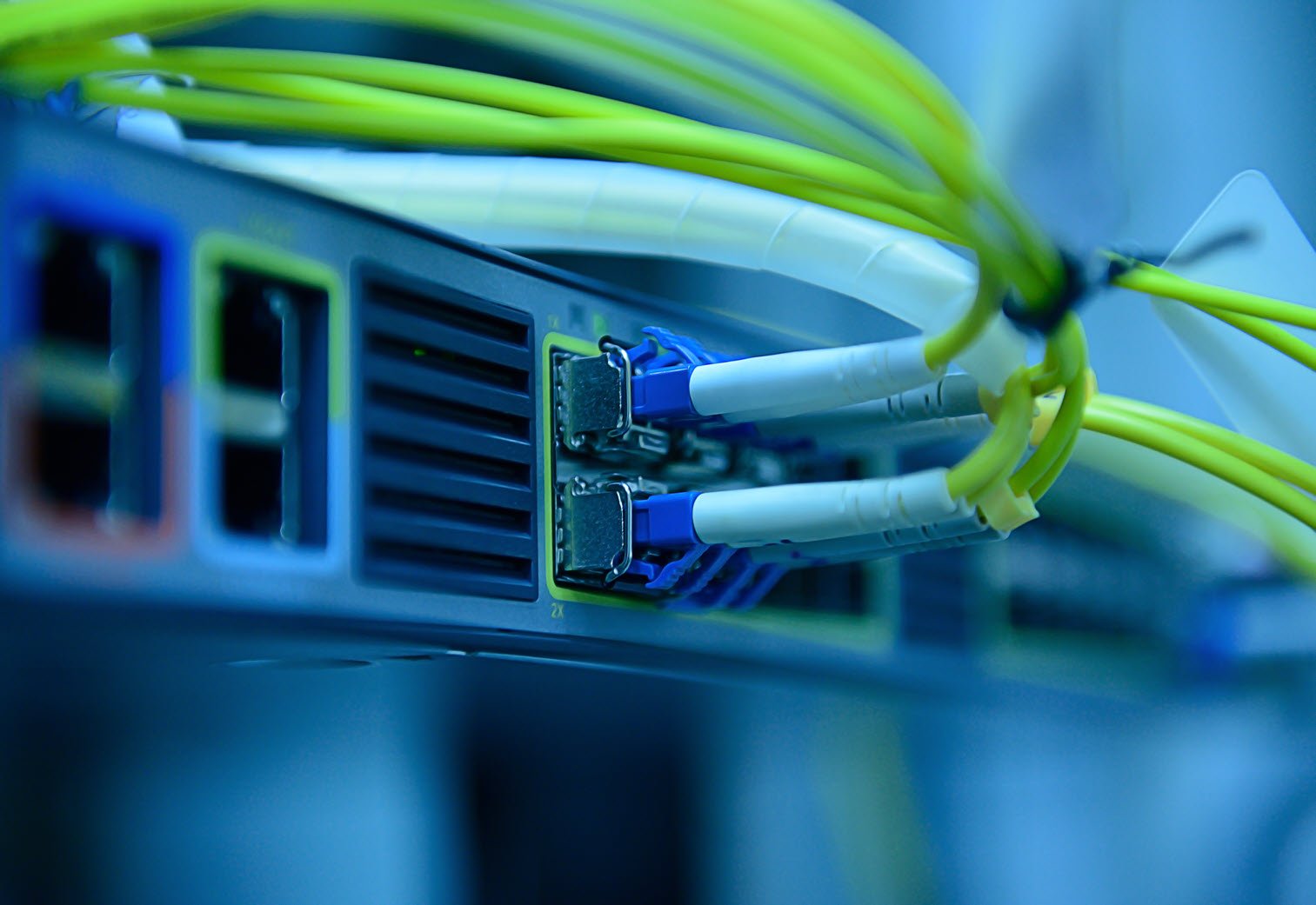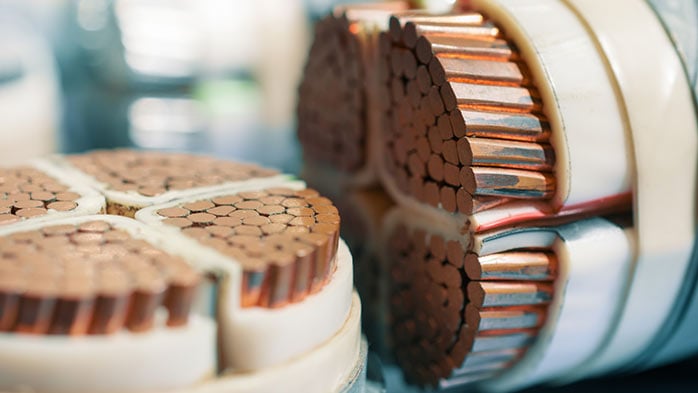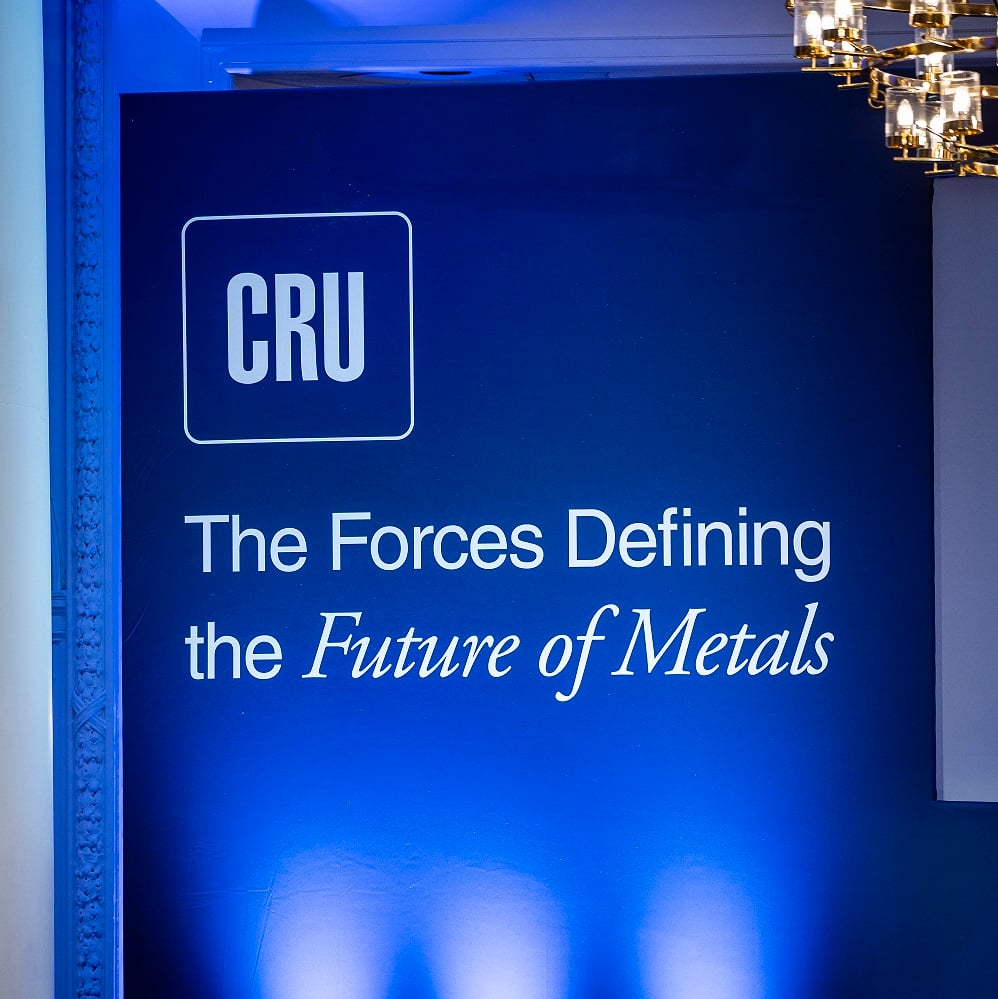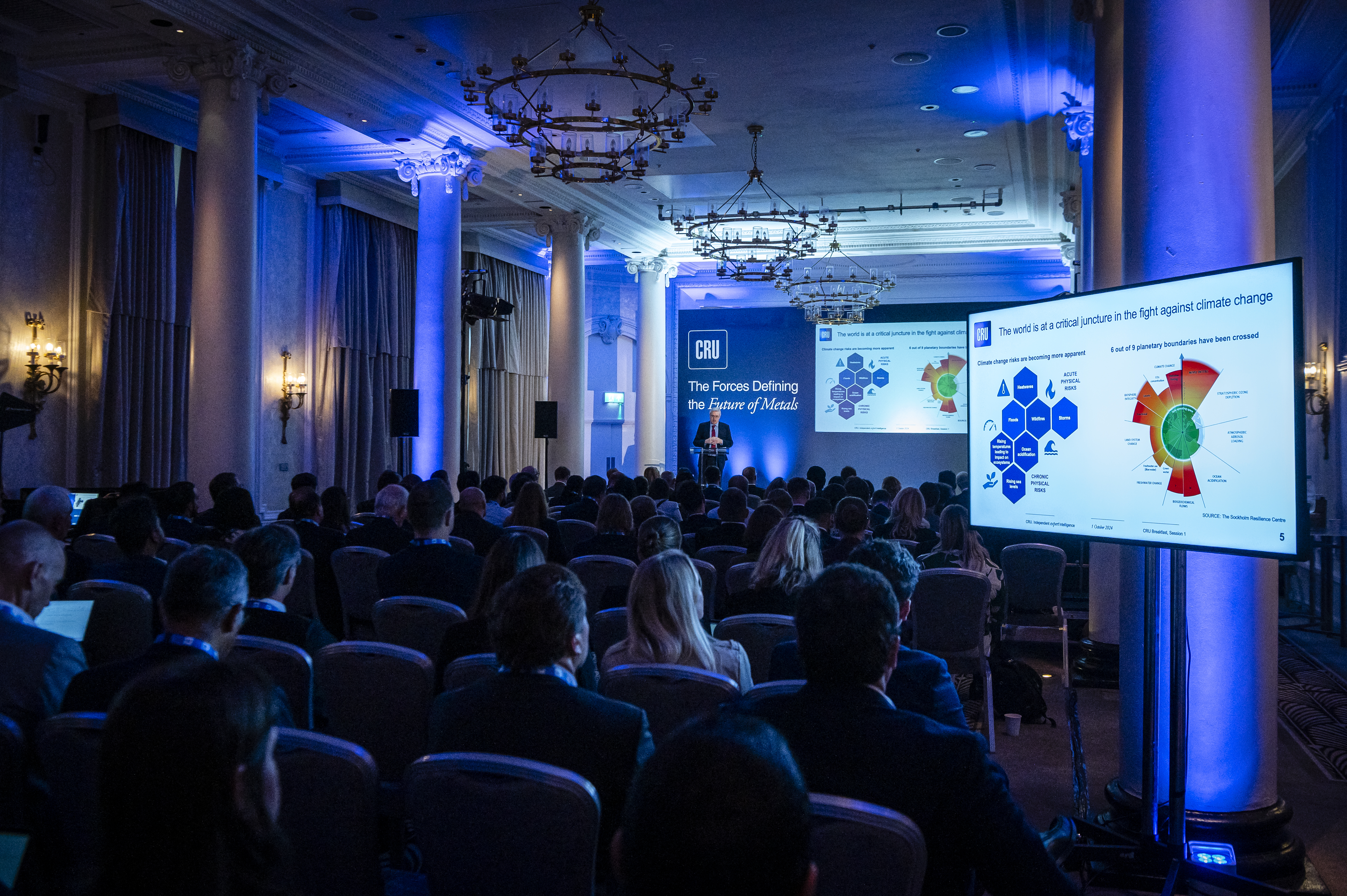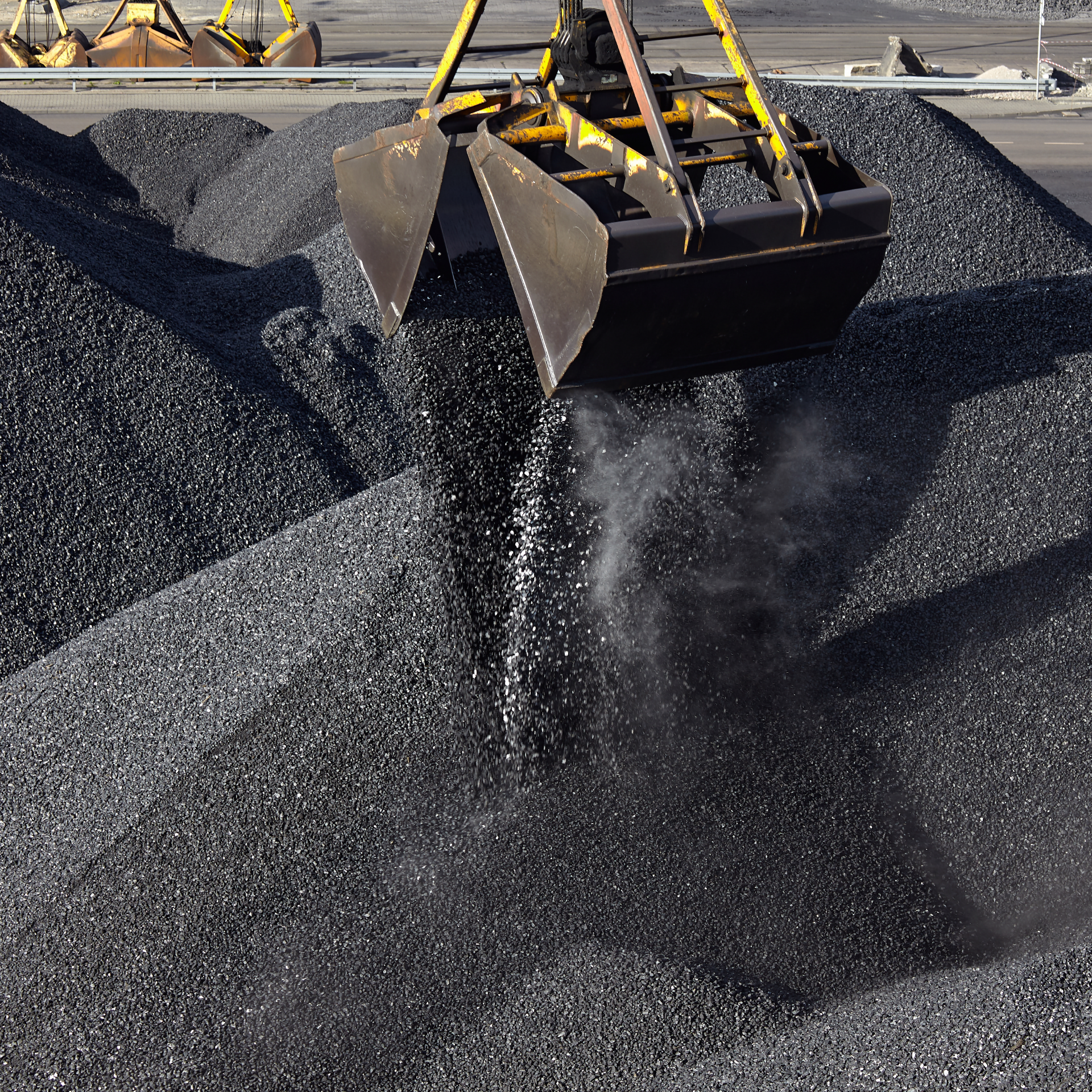On 9–10 October, CRU hosted its ninth World Optical Fibre & Cable Conference in Shanghai with YOFC. Optical fibre and cable industry leaders, experts and researchers from around the world came together to discuss the recent market and technical developments in the industry.
The biggest topic of conversation was the massive growth of generative AI end-use technology, which has taken the industry by storm since last year and will continue to be a main growth driver in the form of optical cable demand in datacentre. The conference kicked off with in-depth discussions with top executives from YOFC, Prysmian and Corning surrounding subjects such as global competition, trade policy, datacentres, FTTx and next-gen connectivity solutions.
Optical fibre and cable leadership panel
Kicking off the conference was a leadership panel led by Chenfei Wang, Head of Wire & Cable at CRU, that included representatives from YOFC, Prysmian and Corning. The optical fibre and cable industry is advancing through technologies like multi-core fibre (MCF), hollow-core fibre (HCF) and space-division multiplexing to meet growing data demand from AI, 5G, and IoT applications, despite challenges of high infrastructure costs and labour shortages in certain regions.
Growth potential is highest in the United States, Europe and APAC ex. China, driven by national broadband initiatives and federal grants. Success depends on streamlined regulations, financial incentives and industry collaboration. However, competitive trade pressures are becoming more apparent as some regions grapple with high production costs and the need to protect local markets from competitive offerings mainly by Asian players.
Producers are clearly prioritising dense connectivity solutions and sustainable designs. However, the industry also confronts significant challenges such as complex licensing procedures, high infrastructure costs and environmental restrictions. Progress in the industry heavily depends on collaboration among operators, manufacturers, and government authorities to share resources and standardise development practices.
CRU’s very own analysts Chenfei Wang and Vishnu Patidar presented substantial growth in optical fibre cable demand within datacentres, fuelled largely by the increasing prevalence of AI applications. As datacentres worldwide adopt AI-driven workloads, the need for high-capacity, reliable connectivity has intensified. This demand is particularly notable in hyperscale datacentre server room and data centre interconnect (DCI) applications.
Single-mode fibre has emerged as the main choice for these applications due to its ability to transmit data over long distances with minimal loss, supporting the high-speed, high-capacity needs of modern datacentres. The preference for single-mode over multimode fibre aligns with industry goals to enhance data transfer rates, improve power efficiency and reduce latency – all critical for AI and machine learning workloads that require real-time data processing. However, demand for multimode fibre will also increase substantially, driven by some short-distance GPU connections, and multimode fibre remains the preferred choice for datacentre build in China.
Regionally, North America, China and APAC ex. China are leading the demand surge for optical cables in datacentres. These regions benefit from high levels of investment in data infrastructure, with the expansion of hyperscale datacentres and substantial technological upgrades. As a result, global demand for optical cable in datacentres is projected to maintain a strong growth, with AI applications expected to represent an increasing share. By 2029, datacentres will account for 11% of global optical cable demand.
Demand insights from China’s major consumers
Speakers from CAICT, China Mobile, China Telecom and China Unicom
For major Chinese carriers, details were revealed about the rapid expansion of 400G networks across metro, provincial and national levels in China, while preparing for 800G/Tbps advancements to accommodate increasing data traffic. The deployment of G.654.E fibre cables, valued for their larger effective area and reduced signal attenuation, has strengthened both national and global backbone networks, paving the way for higher-capacity infrastructure.
As 800G/Tbps moves closer to implementation, it claims that G.654.E fibre offer significant advantages for longer unregenerated working distances, making them well-suited for high-bitrate transmission in metro networks. In response to projected capacity challenges, new fibre technologies such as MCF and HCF are also under evaluation and development to provide a comprehensive, cost-effective solution for future network demand.
Sustainability (SOFIA initiatives)
Speakers from Rosendahl Nextrom, Covestro, Teijin Aramid, Umicore and Borealis
Sustainable manufacturing practices of optical fibre and cable and the raw materials involved in the production process were discussed during the conference. Members of Sustainable Optical Fibre Industry Alliance (SOFIA) promoted sustainable manufacturing practices.
SOFIA is an industry initiative comprised of world-leading raw materials and machinery companies as members. This alliance focuses on increasing collaboration, raising awareness and ambitions on sustainability throughout the entire optical fibre and cable industry. SOFIA members represent a large portion of the optical fibre and cable value chain, right from key raw materials for glass preform-making to optical cable insulation and jacketing.
The discussion highlighted how the initiative aims to raise industry awareness and establish methodologies for measuring sustainability in optical fibre glass and cables. It seeks to guide the industry toward unified Product Category Rules (PCR) and improve Life Cycle Assessment (LCA) and Product Environmental Footprint (PEF) standards.
Their intention is to reach these goals through steps like achieving climate neutrality, setting CO2 footprint targets – including Scope 1 to Scope 3 and other science-based targets – and developing industry towards a circular ecosystem. By next year, SOFIA targets dissemination of Product Category Rules. In the year 2026, the alliance aims to adopt PCR and LCA goals and from then on, they intend to set clear CO2 reduction roadmaps and recycling projects for the industry.
This initiative attracted significant interest from leading players in the optical fibre and cable industry during the conference. Current SOFIA members indicated they are open to new members and are willing to discuss collaboration opportunities with industry players to enhance sustainability efforts. Additionally, SOFIA extended invitations to associations like Europacable and the FTTH Council for close cooperation to achieve shared sustainability goals.
AI session (interconnection technology/fibre network characteristics)
Presentations from LightCounting and EXFO dove deep into the optical interconnect landscape for AI computing. This product category is rapidly evolving to meet unprecedented data demand, with networks transitioning to 800G and 1.6T transceivers by 2025.
Infrastructure challenges include managing high-density fibre cabling (up to 864 cores) and complex MPO connectors, while maintaining strict performance requirements for link loss and reflectance. Networks are scaling from local GPU clusters to cross-regional datacentre interconnects, driving strong market growth in high-speed transceivers and spurring adoption of both existing and emerging technologies like multimode fibre (MMF) and HCF.
Industry collaboration through initiatives like ALink and UALink helps to standardise these developments, while testing and inspection protocols are adapting to ensure reliable, high-performance connections for AI infrastructure.
Optical fibre and cable innovations and applications
Final presentations led by YOFC, Photon Kinetics and Corning showcased the latest advancement trends in optical fibre technology primarily focused on increasing transmission capacity and density, with innovations such as multicore and hollow-core fibres, as well as space-division multiplexing. These technologies are driven by the explosive growth in data demand from AI, 5G, IoT, and high-speed datacentres. However, the industry faces restraints – particularly in the high cost of civil infrastructure, labour shortages, and regulatory challenges that hinder deployment speed.
Future advancements are expected in dense connectivity solutions with smaller cable diameters and pre-connectorized fibre systems, which reduce the need for specialised labour and decrease installation time.






